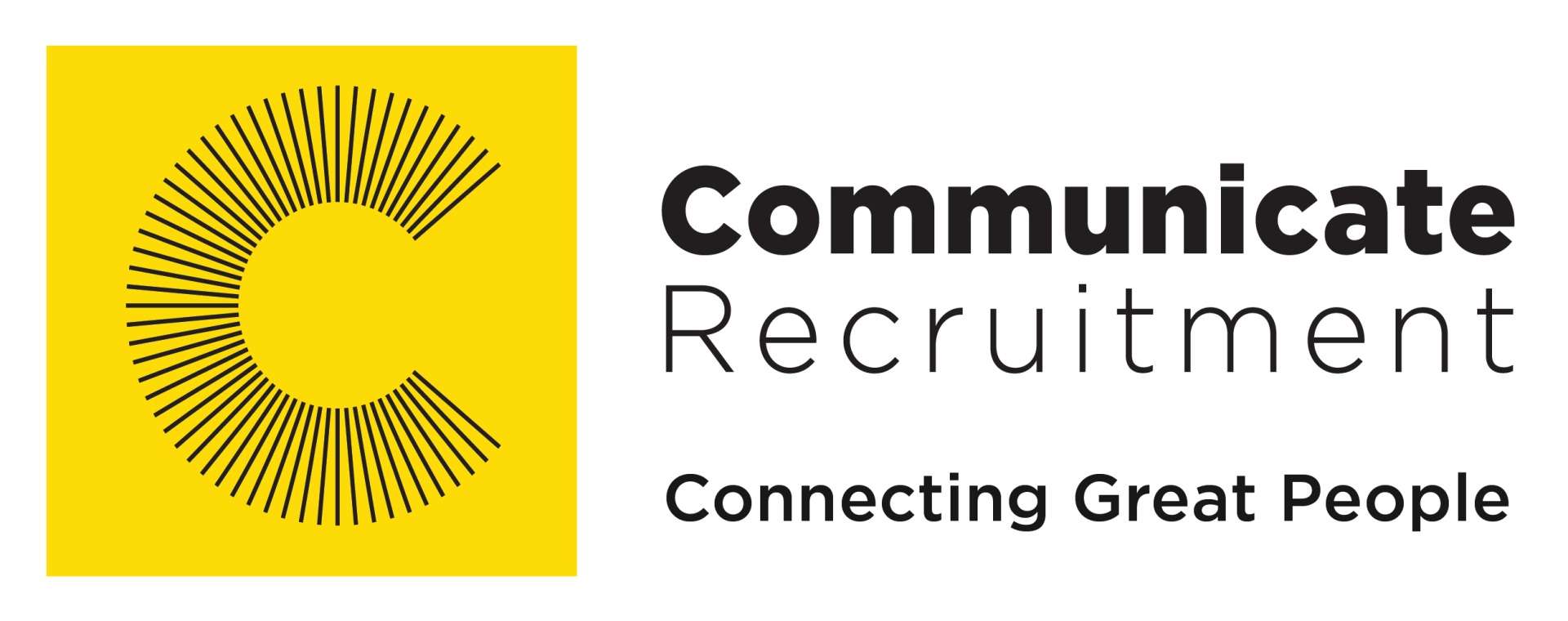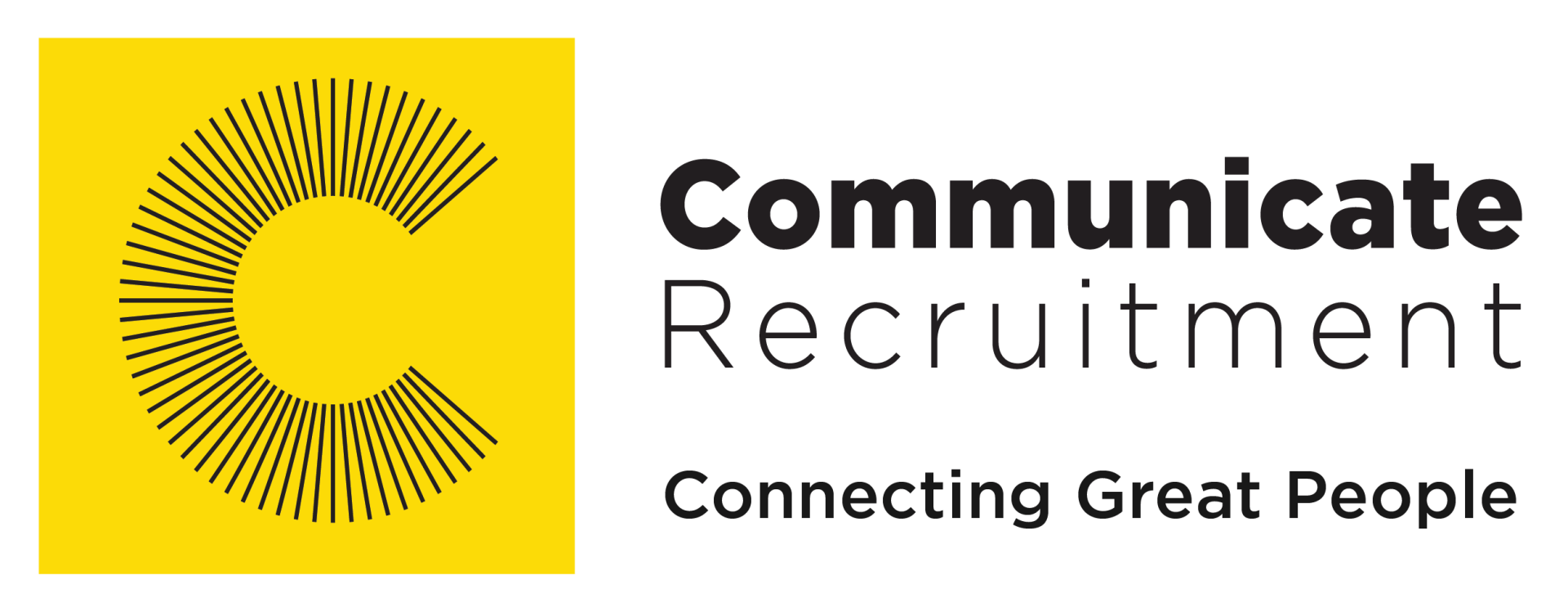Do you have a contingency plan for middle management?
Middle management consists of those senior employees responsible for implementing the company’s business strategy, overseeing and improving the work productivity of employees, making the work environment as efficient and effective as possible, setting budgets and administrating projects and work processes, and ensuring that the production environment is compliant with company requirements.
Middle managers are the production leaders and the people who report to senior management and executive levels – they are the ones that oil the cogs in the machine and keep them running.
So what happens when middle management is impacted by natural, technological, or organizational risk or disaster?
What is a contingency plan?
The success of a business is not only about sales and profits, business growth and development, but also about effective planning for the worst. Contingency planning – or “Plan B” – means preparing an organization for a significant event where key players in the business’s success are impacted, and ensuring that the organization can respond accordingly and continue doing business as soon as possible. If a natural disaster like a fire, hurricane, earthquake, etc. destroys the organization’s commercial building, or a technological attack means that the company servers are wiped clean of all their data, how will the business recover? If the airplane that your middle management team is traveling in incurs a fatal crash, what then? A contingency plan covers the “what ifs” of risk management, disaster recovery, and subsequently, business continuity.
Implementing a contingency plan starts with a risk assessment
An organization will not only be affected by major natural disasters or terrorist and hacking attacks. There are also more localized risks such as data losses, employee turnover, client departures, and supplier losses. By doing a risk assessment, organizations will have the information to prepare and implement a contingency plan to ensure that business operations aren’t affected so badly that the company will lose business, cut employees, or shut down altogether.
A risk assessment involves assessing all areas in the business that are critical to operations and identifying how these can become risk areas – how could these areas possibly threaten the company’s operations? Prioritize these risks from high to low, then identify how to address and mitigate them before they materialize.
Developing a contingency plan
Once the risks have been identified and prioritized, a plan needs to be put in place to ensure these risks are minimized and can be managed should they come to pass. Middle management’s main priority is to keep business operations going, so it’s important to identify the solution to keeping the minimum level of operations going. For instance: if your commercial building is made non-viable by a weather event or a fire, your employees should be provided with internet capabilities in order to work remotely: a 3G dongle, home internet connection, and a mobile device like a laptop or tablet.
As part of the contingency plan, the trigger events for each risk should be identified: what would make the risks materialize? And if they do, what needs to happen in the time periods following these events – an hour, six hours, a day, etc. after the event – to ensure that business remains operational? Also, identify what constitutes the success of the contingency plan: should the business be running at 100% profitability, or only maintaining the most basic of client SLAs?
The contingency plan should not only focus on what to do should the risks materialize, but should also have a good risk management plan in place to minimize the risk events taking place. If a big organizational risk is employee turnover (and the departure of knowledge and skill), then effective risk management would involve ensuring employee job satisfaction and maximum retention. To avoid the disaster of losing large teams to travel risks, ensure that team members travel separately and don’t engage in dangerous activities together.
Communicating the contingency plan
It’s important that everyone in the organization is aware of a contingency plan for operational success. Led by middle management, the contingency plan should be compiled in a document in the form of a company contingency policy, which needs to be written plainly and clearly in a way that all levels of employees and executives can understand, and made available to everyone who will be impacted by the identified risks. Where possible, a contingency meeting or workshop should be held annually where risks are identified and evaluated by employees at all levels, and contingencies put in place to help mitigate any threats to the organization. Make sure employees are aware of their roles and responsibilities in light of the identified risks, and ensure they are on board to implement “Plan B” should it ever be necessary.
Are you looking for skilled staff to fill a leadership position in your company? Communicate Recruitment is a specialized recruitment agency with years of experience in the Finance, IT, Engineering, and Supply Chain/Freight industries. We can assist with the sourcing, assessing, screening, and matching of candidates to ensure you find the right fit for your company the first time. Contact us today.
You might also like
Book a Service Today
We will get back to you as soon as possible
Please try again later

Johannesburg
+27 11 318 2101
assist@communicate.co.za
2nd Floor, Avenue North
6 Mellis Road
Rivonia, Johannesburg
Cape Town
+27 21 418 1750
assist@communicate.co.za
3rd Floor DSTV Office
5 Canterbury Street
N1 City, Cape Town
All Rights Reserved Communicate Recruitment © 2024
Legal Information
PAIA | Privacy Notice | Site Disclaimer | B-BBEE Certificate | Terms & Conditions
All Rights Reserved | Communicate Recruitment




